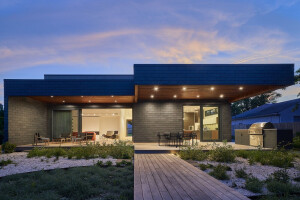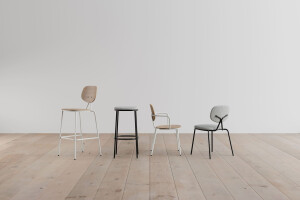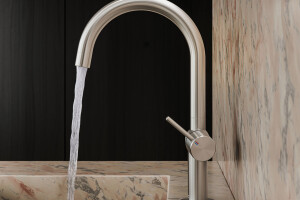The Northcliffe, a Grade II listed building on Tudor Street in the City of London, was formerly the headquarters and print works of the Daily Mail. Located near Fleet Street, architects JRA repositioned the building to attract tenants from the insurance, legal, fintech, social media, and technology sectors.
Originally built in the 1920s and redeveloped in 2001, JRA's design preserves the original Daily Mail facades while expanding office space on the upper three floors. The space has been retrofitted, and the atrium reconfigured to include amenity areas, break-out spaces, and a café.
Achieving BREEAM Outstanding—an accolade attained by only 1% of refurbished buildings—and certified EPC B, the project surpasses RIBA’s 2030 embodied energy emissions targets.

Key improvements include the preservation of the original façades and an expansion of the upper-floor office space. The main entrance has been relocated to enhance visitor access, leading to a revamped reception area featuring comfortable lounge settings, a library, and a quiet room. The atrium has been stylishly upgraded, retaining much of its original glazing while incorporating new sections for scenic lift cars and office floor projections, all connected by a refurbished gantry.
The reception and lounge are characterized by a 1920s aesthetic with bold geometric patterns, highlighted by EPD-certified terrazzo flooring provided by Opera Group. The main entrance is particularly striking, featuring a geometric-patterned terrazzo floor that creates an inviting first impression.

Designed with a post-pandemic context in mind, JRA has embraced the building’s heritage while integrating innovative features across the office space. The revamped Northcliffe offers 186,700 sq ft of retrofitted office space with a strong focus on sustainability, reflecting its post-industrial heritage. The design includes diverse workspaces, flexible layouts to facilitate social distancing, touch-free technology, and abundant access to fresh air and natural light. Additionally, three new landscaped roof terraces enhance outdoor amenities and promote biodiversity for future tenants.

Addressing the climate crisis
A Life Cycle Assessment confirmed that retaining the superstructure and building fabric saved 53% of potential global warming compared to demolition. The project added 40m² of solar panels, 9,800 sq ft of landscaped terraces with biodiverse planting, 345 cycle spaces, and extensive premium end-of-trip facilities. All waste is diverted from landfills, the building runs on 100% renewable energy, and water consumption is over 55% more efficient.

Key technologies and environmental features at The Northcliffe
- Air source heat pumps and heat recovery chillers using low-GWP refrigerants R32 and R454B, powering an all-electric building.
- Real-time air quality monitoring with BMS-linked CO2 sensors on all office floors.
Social sustainability
Social sustainability was prioritized through consultations with businesses, residents, and City Corporation officers, ensuring the design enhances the local context without obstructing views. The building now features a café, retail unit, cycle parking, improved lighting for artwork depicting the newspaper industry's evolution, and an enhanced exhibition of its history at ground level, all of which contribute to The Northcliffe’s sense of place in the City of London and the Fleet Street BID.

The design accommodates neurodiverse users with various work and amenity spaces, including lounge areas, a library, and a quiet room. Acoustic considerations were integral, with treatments in the reception room and acoustic tiles in the ceilings. Daylight access was maximized by extending the atrium, providing open space planning for clear views, incorporating break-out spaces, and using glazed doors to open existing corridors. The terraces on levels five and six provide a garden wall backdrop for workspaces.
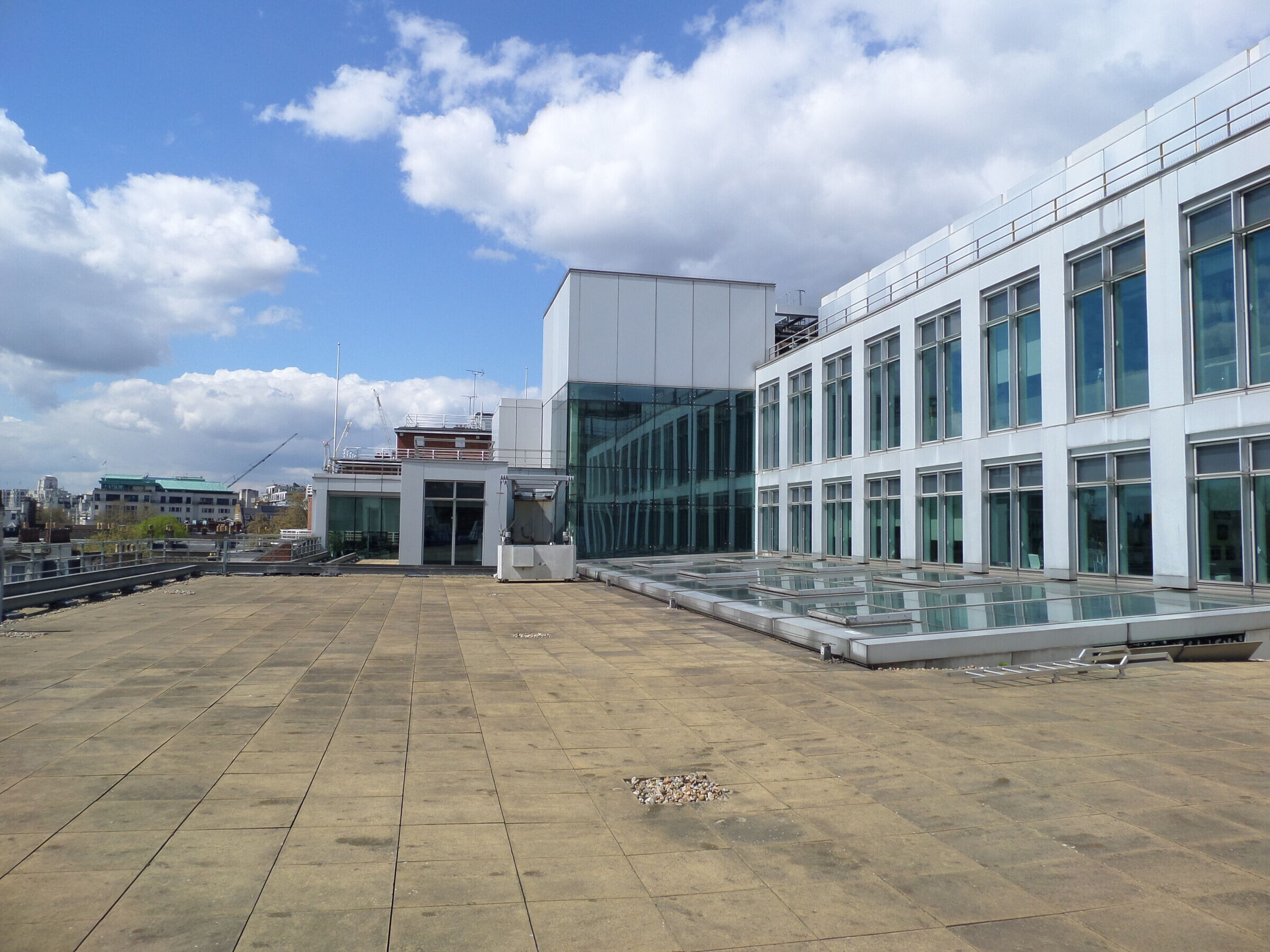

Inclusive accesibility
All areas of The Northcliffe are accessible and inclusive, featuring anti-slip access and circulation routes. All floors are reachable by lift, including the terraces, which offer level access and good lighting. The main entrance has wheelchair-friendly bi-parting drum curved sliding doors, an induction loop at the reception desk, and accessible toilets throughout the building. Clear signage and wayfinding enhance accessibility, with a prominent reception desk facing the entrance and a visible lift core. Additional features include contrasting floor materials to guide circulation, clear typography, and contrasting colors. Three fire escape stairs are available, each with visually contrasting handrails and stair nosing. Wheelchair refuges are defined in each lobby, equipped with two-way communication systems for emergency contact.

Material innovations
The project focused on maximizing the retained structure to minimize alterations, supported by a Life Cycle Assessment aimed at reducing embodied carbon through alternative specifications. An extensive responsible sourcing program ensured that selected products met low-carbon objectives.
Materials were chosen for their durability and natural qualities, creating a high-quality and inspiring space that resonates with the natural world. The architects incorporated terrazzo tiles containing marble chips, engineered oak flooring, and walnut-veneered timber slats on the reception ceiling, along with glazed porcelain tiles that showcase natural variations in color and texture.
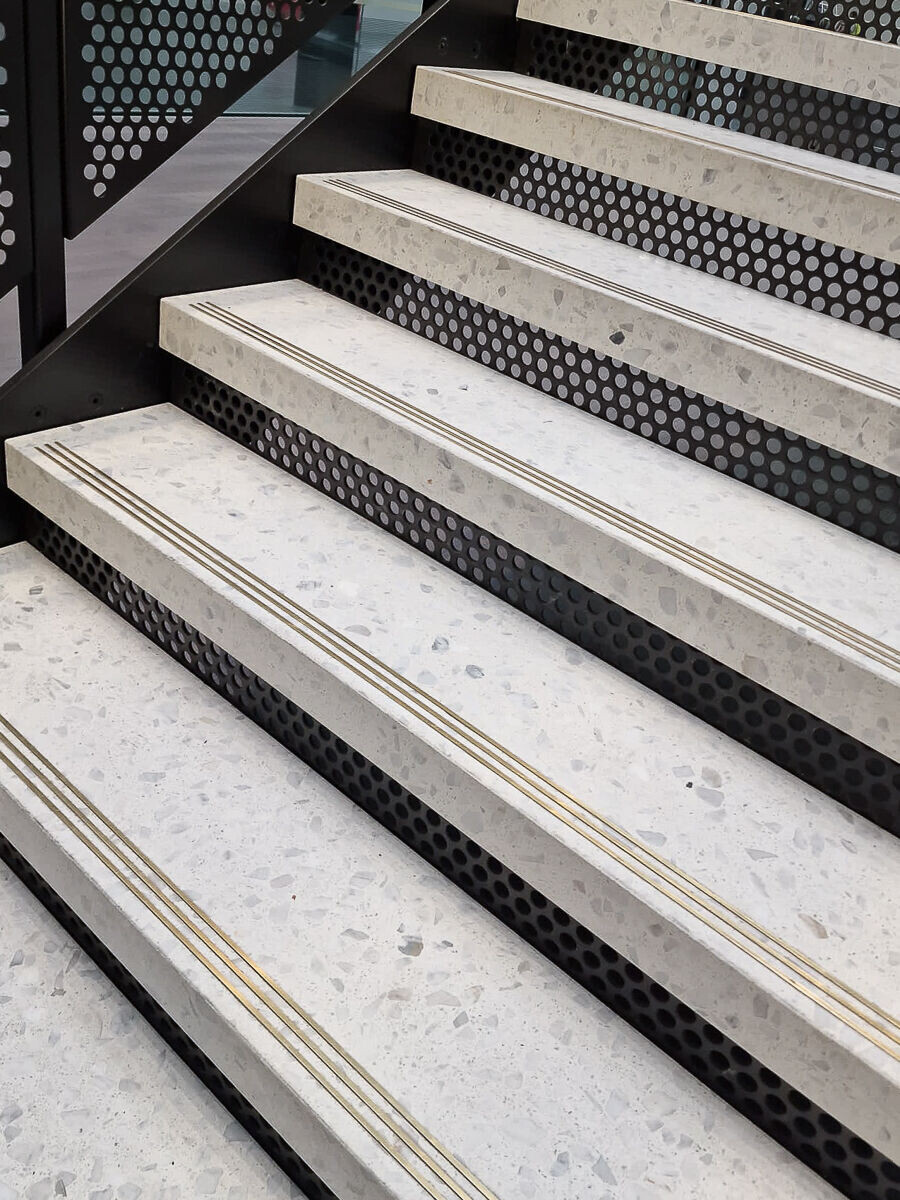
Handmade glazed terracotta was extensively used throughout the project. This natural raw material is abundant in the UK, contributing to low embodied energy and minimal transport emissions. It is durable and low-maintenance, resulting in a premium, long-lasting finish in the lift lobbies, bathrooms, and changing rooms, reflecting the project's jewel tones through its glazing.
On the terraces, the architects chose Kebony timber benches as a sustainable alternative to tropical hardwood, which often has a significant environmental impact. Kebony is made from FSC-certified softwood that is treated with a bio-based waste product, offering the aesthetic appeal of natural timber combined with the strength of hardwood, without the associated environmental costs.
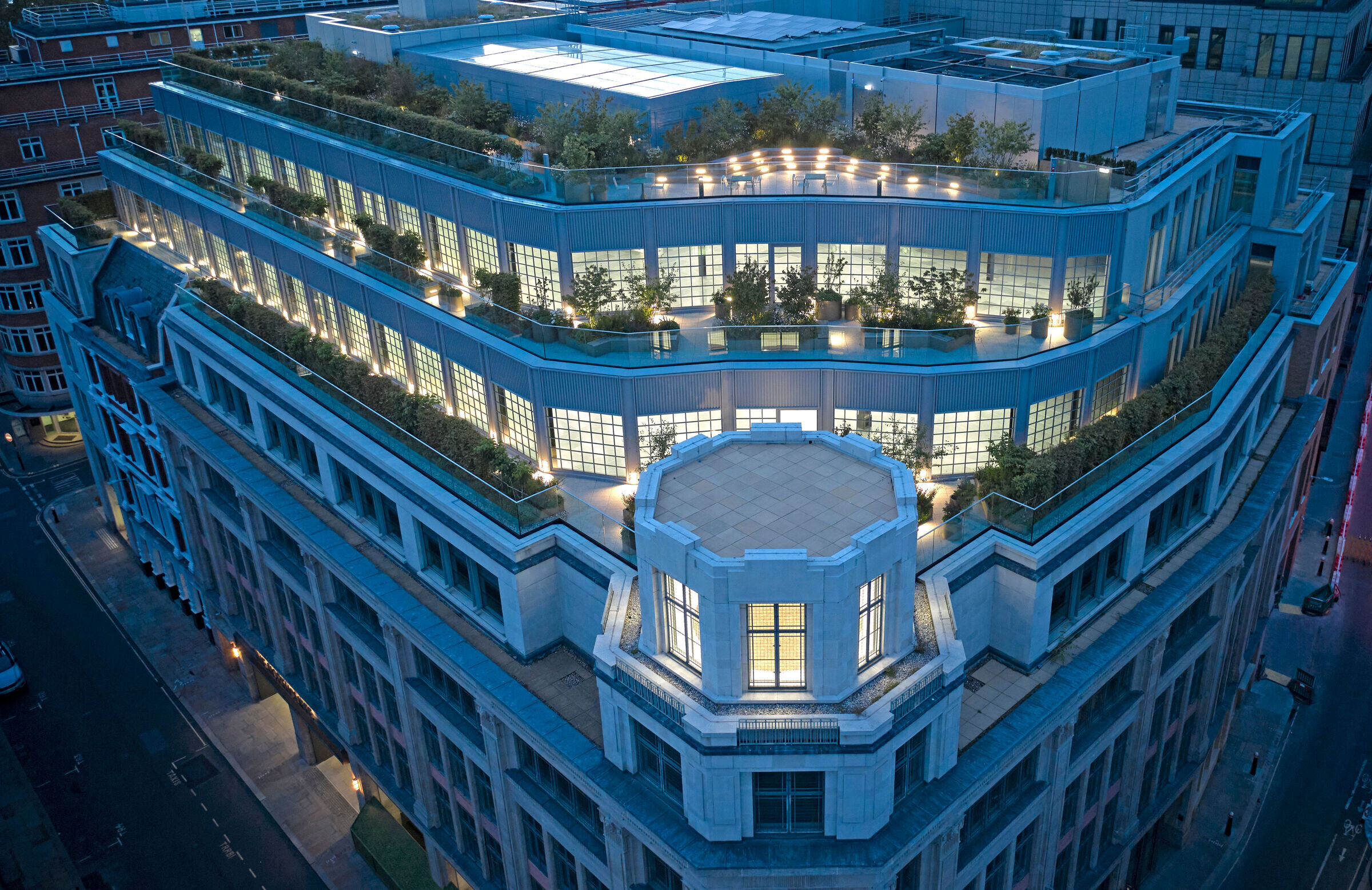
The collaboration between the ecologist, architect, and landscape designer was instrumental in achieving BREEAM ecology credits and implementing the necessary related actions. This teamwork has resulted in a project located in the city center that boasts a high level of ecological enhancement. The Northcliffe project aims to kickstart a green corridor, providing valuable habitats throughout the Fleet Street BID regeneration zone—an area currently lacking in both volume and density of green spaces.
Words from John Robertson Architects, the lead designers and architects
Etain Fitzpatrick, Director at John Roberston Architects, said: “Our design approach has sought to preserve as much of the original structure as possible, while referring to The Northcliffe’s historic use as a journalistic and publishing hub. It also allows The Northcliffe to adapt to the requirements of the modern, post-pandemic workforce. To achieve this, we have extended two levels without any significant impact on views from street level and have provided a selection of attractive, landscaped external areas where tenants and visitors can meet and enjoy views across the river and towards the City of London.
The Northcliffe’s original structure– based on a steel-clad frame embedded in reconstituted stone and brickwork – has helped to guide our thinking on the refurbishment. This has resulted in a modern, open-plan, and highly sustainable workspace which is still respectful of the original building in its approach, with a strong sense of authenticity. For example, the relationship between the 1920s façade and the floorplates is immediately evident to occupiers. At a granular level, many of the Art Deco and neo-Egyptian architectural features of the original Northcliffe House have been subtly referenced in the geometric patterns and colour schemes used throughout the refurbished building.
The adaptive reuse of buildings once used to produce newspapers is in JRA’s DNA. In the case of The Northcliffe, we have drawn upon our experience of transforming legacy assets to maximise floorplate potential, thereby addressing the rapidly changing requirements of the office market while ensuring that key elements of the building’s original identity are retained.”







































